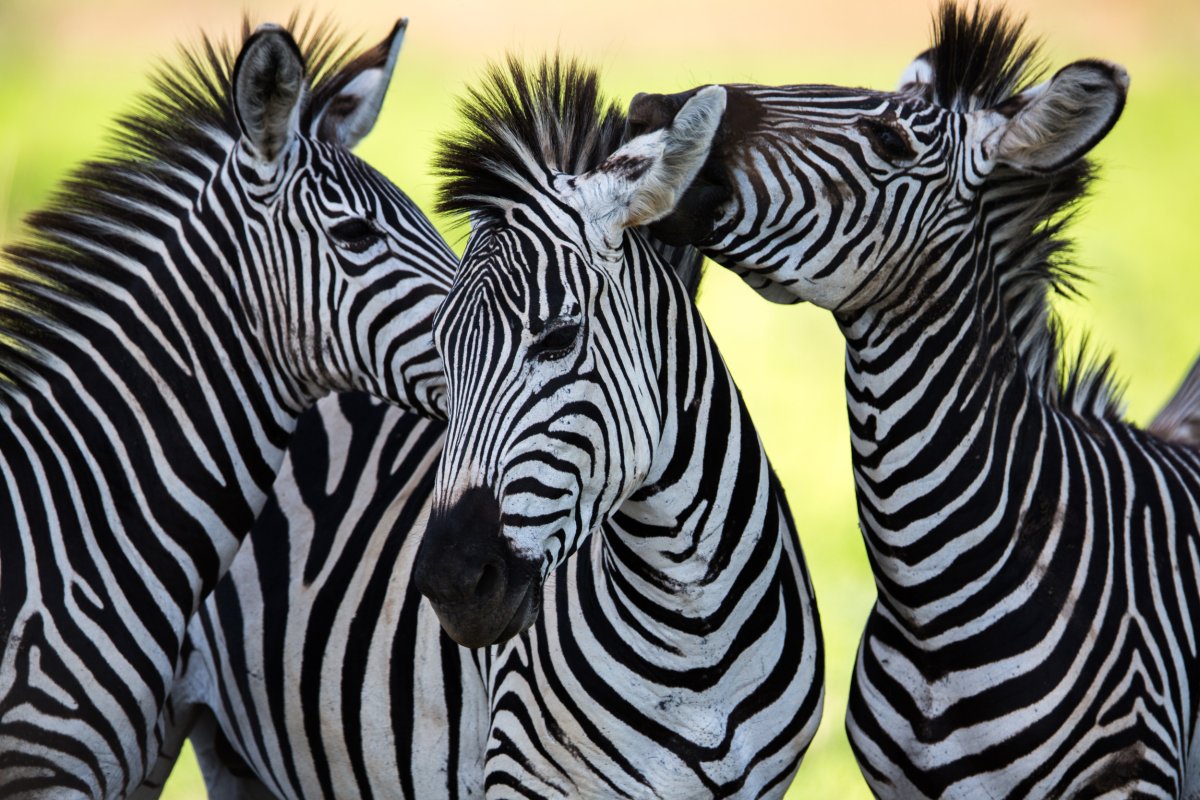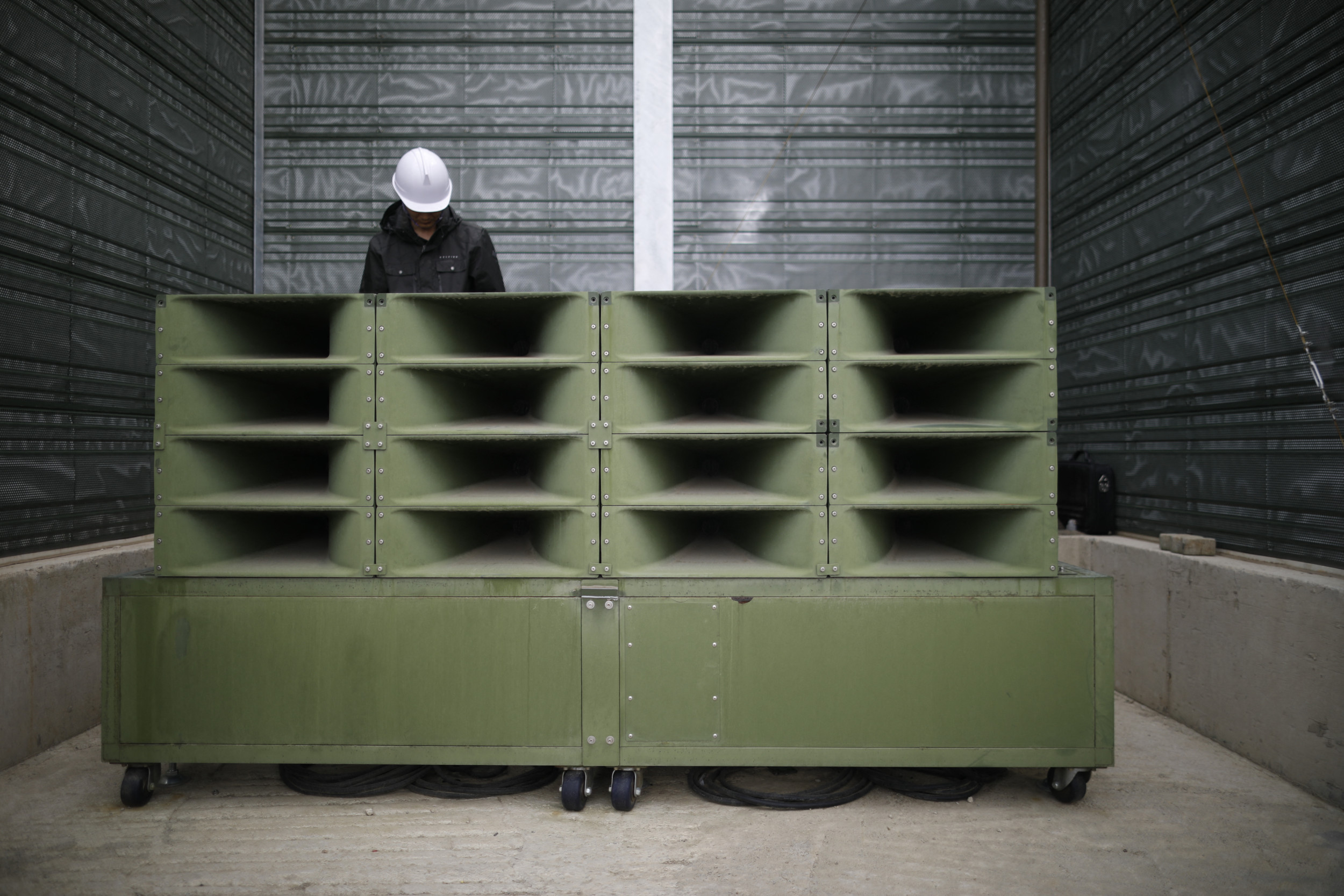Scientists may have finally solved the mystery of how some animals get their stripes and spots.
There are many animals that have these patterns on their skin or fur—including tigers, zebras and the giraffe, just to name a few. But nature's reason for this has always remained unclear, although biologists have previously shown that in some cases, they are for camouflage or to attract mates. The study of genes alone does not fully explain where or how the spots or stripes develop.
A new study published in the journal Science Advances, found that it could be through a process known as diffusiophoresis. This occurs when a molecule moves through liquid, in response to alterations in concentrations. This also causes an acceleration of other molecules.

In simpler terms, this is actually the same process that occurs when we do our laundry. Without it, laundry would not get clean.
"We were quite surprised by the findings. Diffusiophoresis is an active area of research...," corresponding author of the study, Ankur Gupta, an assistant professor in the Department of Chemical and Biological Engineering at the University of Colorado Boulder, told Newsweek.
"It has been employed for applications such as membraneless water filters and low-cost diagnostic tools, and it has also been shown to be crucial in removing dirt from laundry. However, the importance of diffusiophoresis in relation to Turing patterns had not been recognized before. Our study suggests that diffusiophoresis is a fundamental process and has wide-ranging impacts, extending to pattern formation on animal skins."
To reach this conclusion, Gupta and Benjamin Alessio, the paper's first author and a research assistant in the Department of Chemical and Biological Engineering, tested the theory by using the pattern of a boxfish. They produced a simulation of a purple and black hexagonal pattern—similar to the pattern of a boxfish—using what is known as the Turing equation, the study reported.
This equation was invented by Alan Turing in the 1950s, when he discovered that as tissues develop, so do chemical agents.

These chemical agents then diffuse through the tissue. When these agents react, sometimes it forms spots. Sometimes when they form, it produces space between spots. Turing hypothesized that an animal's pattern was not formed by complex genetics, rather, they formed through diffusion reactions.
When testing the simulation, researchers added diffusiophoresis to Turing's equations. And the result showed a bright and sharp hexagonal pattern, very similar to that seen on a boxfish.
"This area of research is important because if we can understand the pattern formation on animal skin, we could, for instance, create artificial skin patches that can change their patterns, transitioning for instance from stripes to hexagons, by detecting changes in concentration," Gupta said.
"This could have applications for non-invasively sensing biomarkers inside the body, which could assist in early medical diagnosis. Another opportunity is to use these patches to sense differences in chemical concentrations in the air. By changing the patterns, these patches could enhance the safety of soldiers deployed in dangerous conditions."
These findings suggest that when chemical agents diffuse through tissue, pigment is dragged through using diffusiophoresis—again, this is similar to how dirt is lifted from clothes during laundry.
The end result is a clear outline of spots and stripes.
"The current research has largely focused on spherical particles. In reality, the cells responsible for coloration in skin possess anisotropic shapes," Gupta said. "Therefore, future work should focus on studying the effects of shape. Additionally, there is a need to improve the validity of the model by comparing the data with experiments. Finally, future research could explore the specific biochemical pathways required for these patterns to form in animals."
Do you have a tip on a science story that Newsweek should be covering? Do you have a question about this story? Let us know via science@newsweek.com.
Uncommon Knowledge
Newsweek is committed to challenging conventional wisdom and finding connections in the search for common ground.
Newsweek is committed to challenging conventional wisdom and finding connections in the search for common ground.
About the writer
Robyn White is a Newsweek Nature Reporter based in London, UK. Her focus is reporting on wildlife, science and the ... Read more





